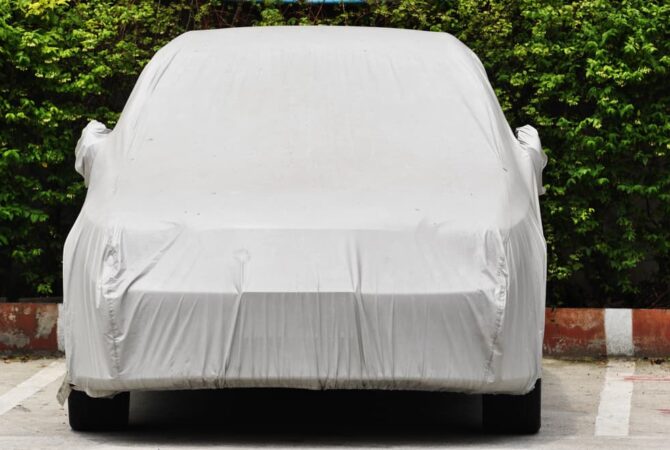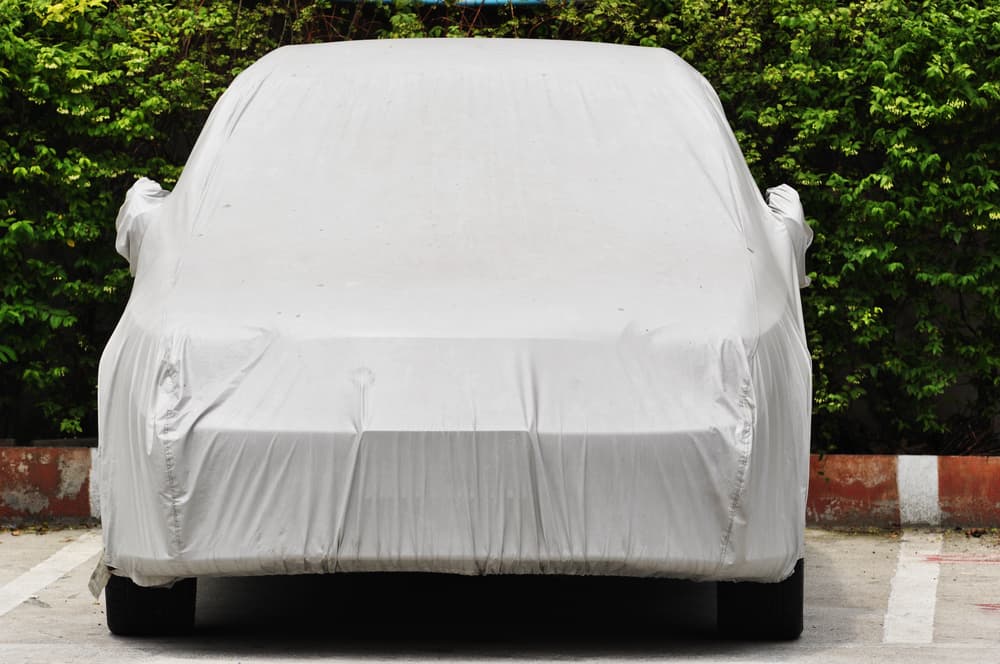Considering putting your car in storage? Vehicle storage units are an excellent solution—whether you’re taking an extended vacation, freeing up garage space, leaving for deployment, or wanting to store a car for the winter. Here’s everything you need to know to prepare your car for storage!
Common Storage Unit Sizes for Cars
Before renting vehicle storage, you’ll need to measure your car’s length, height, and width—accounting for side mirrors, space needed to open doors to get in and out, and any other add-ons. Then, consider the following common sizes of storage units for cars to determine which size you need.
| Unit Size | 10X15 | 10X20 | 10X25 | 10X30 |
| Square Feet | 150 | 200 | 250 | 300 |
| Typical Price | $140 | $190 | $233 | $270 |
| Motorcycles | Yes | Yes | Yes | Yes |
| Compact Cars | Yes | Yes | Yes | Yes |
| Sedans & Small Trucks | No | Yes | Yes | Yes |
| Standard Trucks & SUVs | No | Yes | Yes | Yes |
| Large Trucks, SUVs, & Commercial Vans | No | No | Yes | Yes |
| Boats, Trailers, and RVs | No | No | Yes | Yes |
10×15 Storage Units
10×15 units are roughly the size of a large bedroom. These spaces are ideal for storing small vehicles like motorcycles and jet skis. Compact cars, such as the Ford Fiesta, can also fit in these units.
10×20 Storage Units
The standard storage unit size for a car is a 10×20. These garage-like units are typically used to store mid-size vehicles, including sedans like the Honda Civic, SUVs like the Chevy Suburban, and pickups like the Toyota Tacoma.
10×25 & 10×30 Storage Units
Offering a space that’s larger than a single-car garage, 10×25 and 10×30 units are capable of storing large pickups like the Ford F-150, commercial vehicles and vans like the Chevrolet Express, and small boats.
Tips for Storing a Car
Whether you’re renting short-term or long-term storage, it’s important to properly prepare your car so that it stays in good condition. Follow these 12 vehicle storage tips to help keep your car safe while in storage.

Ensure You Meet Vehicle Storage Requirements
In order to store a car, you’ll first need to verify that you meet a facility’s storage rental requirements. This often includes having proof of a valid license and registration. Be sure to maintain car insurance while storing your vehicle, as well. Not only may an active insurance policy be required by your storage facility, but this will protect your vehicle in the case of unforeseen circumstances.
Clean Your Car Inside & Out
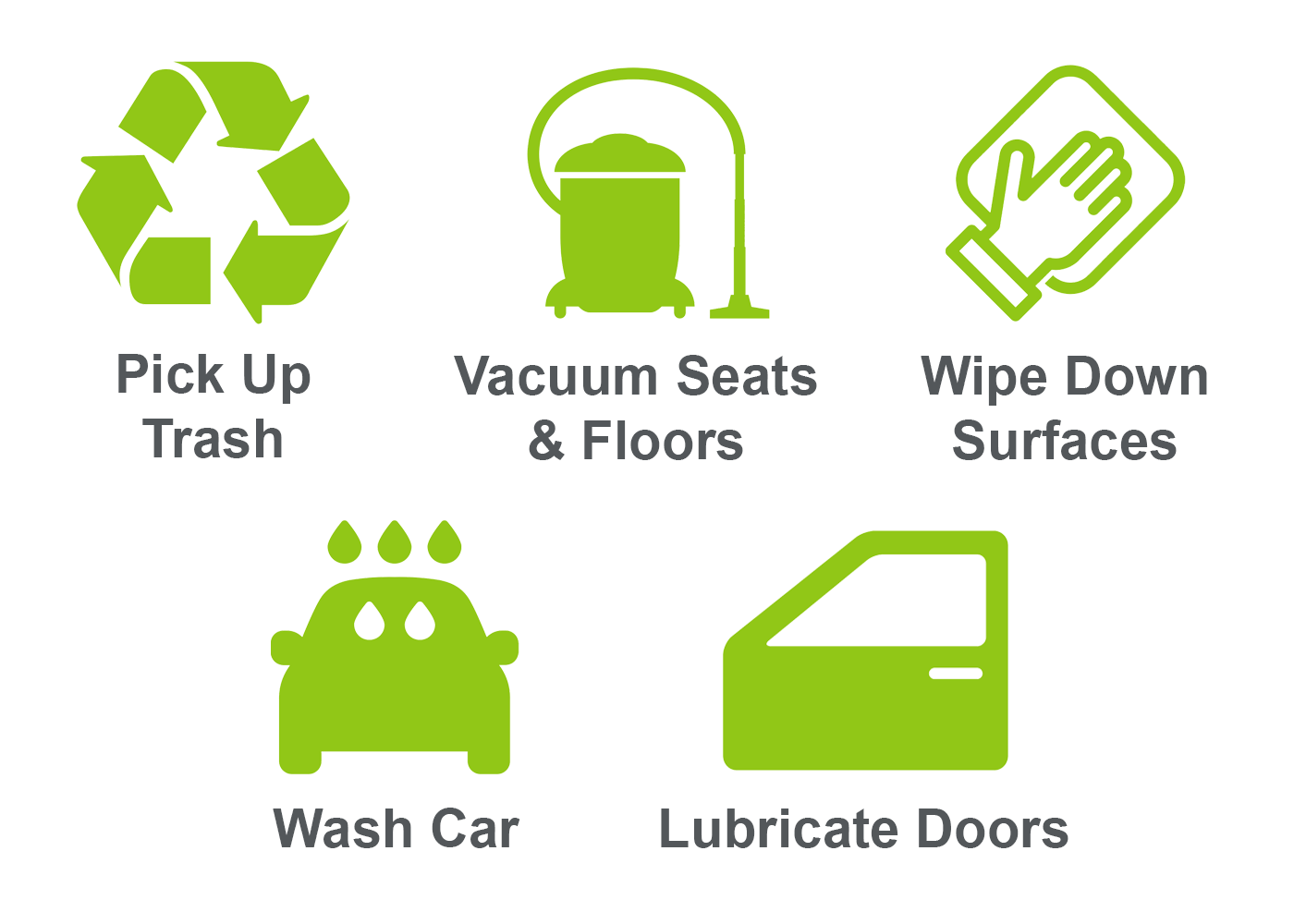
When preparing for long-term car storage, giving the vehicle a thorough cleaning is a great place to start.
To clean the interior:
- Clear out all clutter and trash, vacuum crumbs up, and wipe down surfaces to avoid pests.
- Preserve leather and vinyl seats by applying a conditioner.
To clean the exterior:
- Wash thoroughly to remove dirt, grease, and other debris to prevent deterioration.
- Apply a coat of wax to protect the paint.
- Lubricate hinges and door handles to keep them from freezing and rusting.
Keep It Covered
Renting an indoor storage space is one of the best ways to store a car long-term. An enclosed unit keeps your car away from the elements and can come with climate control for additional protection. If you want to protect classic cars in storage, consider using a ventilated vehicle cover to help prevent particles from settling on the vehicle’s surface without trapping in moisture.
Charge Your Car Battery

Leaving your car unused for more than a few weeks can drain its battery, so be sure to charge it to full before storing your vehicle. Then, you can simply disconnect the battery terminals while your car is in storage to protect the battery—which is a great option if you’re storing a car for the winter. Using a trickle charger is another way to maintain your car’s battery while it’s being stored.
Change Your Oil
Another great long-term car storage tip—especially if you’re storing a car during the winter—is to make sure your engine oil is fresh. Changing out your oil will help protect your engine and ensure it’s ready to drive again once you take it out of storage.
Fill Up Your Gas Tank
If you leave your gas tank empty or near empty for a long period of time, air and moisture can accumulate inside, which in turn can cause rust to form and your seals to dry out. To avoid these issues, fill up your tank at least halfway before putting your car in storage. If your vehicle will be in storage for several months, you may also want to add fuel stabilizer to help preserve the fuel system.
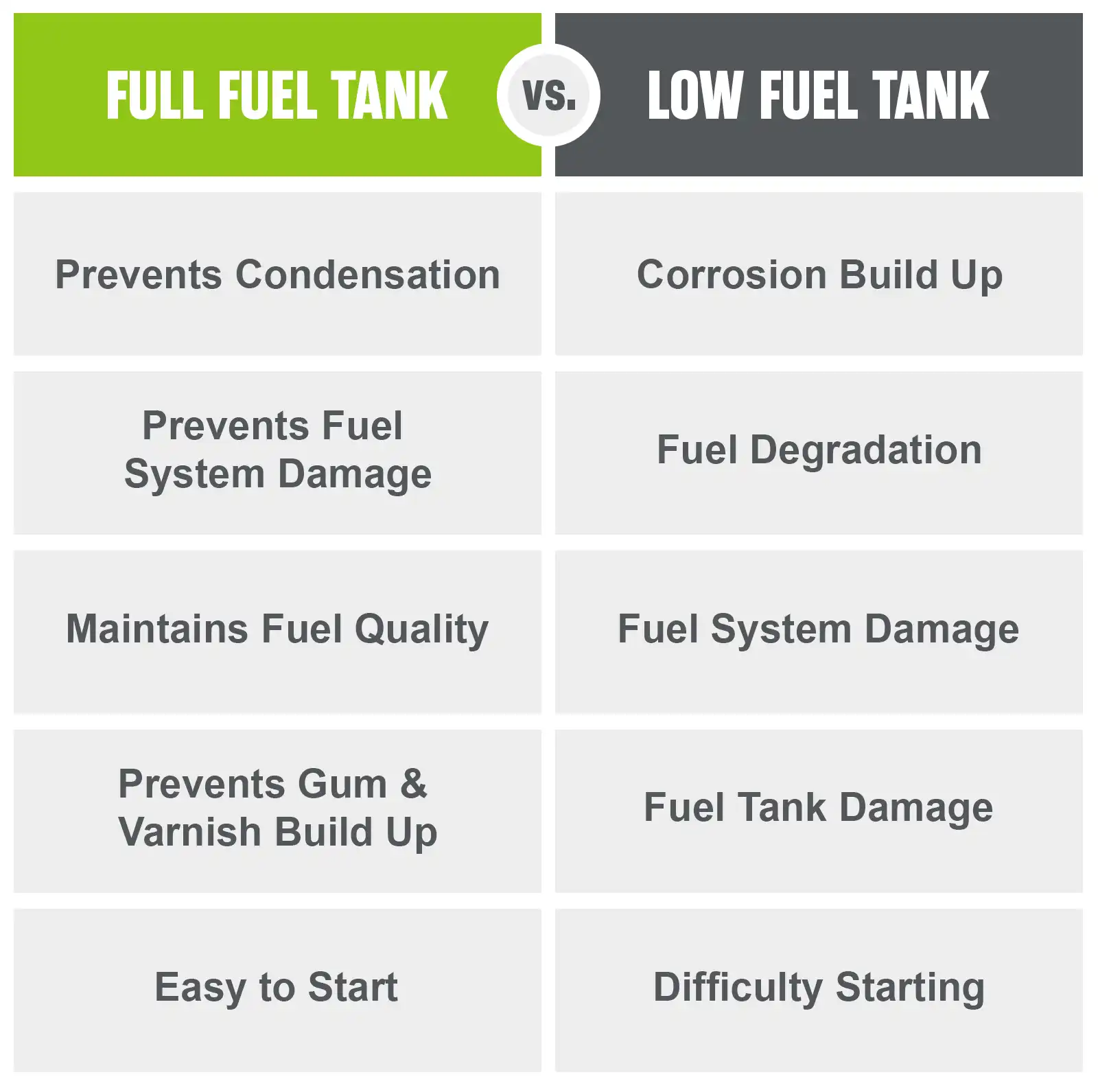
Top Off Other Fluids
To prepare your car for long-term vehicle storage, remember to top off other fluids—including your engine coolant, transmission fluid, power steering fluid, and brake fluids. This will help you identify any leaks that need to be taken care of before storing your vehicle and ensure it’s good to go when it’s time to take it out of storage.
Consider Wiper Blade Protection
If you’re storing a car for the winter, it’s especially important to protect your windshield wipers. Wrap your blades in plastic before storing your car away to prevent the rubber from sticking to the glass. Otherwise, you can remove the blades altogether or simply let them stick out from the windshield.
Prevent Flat Spots on Tires
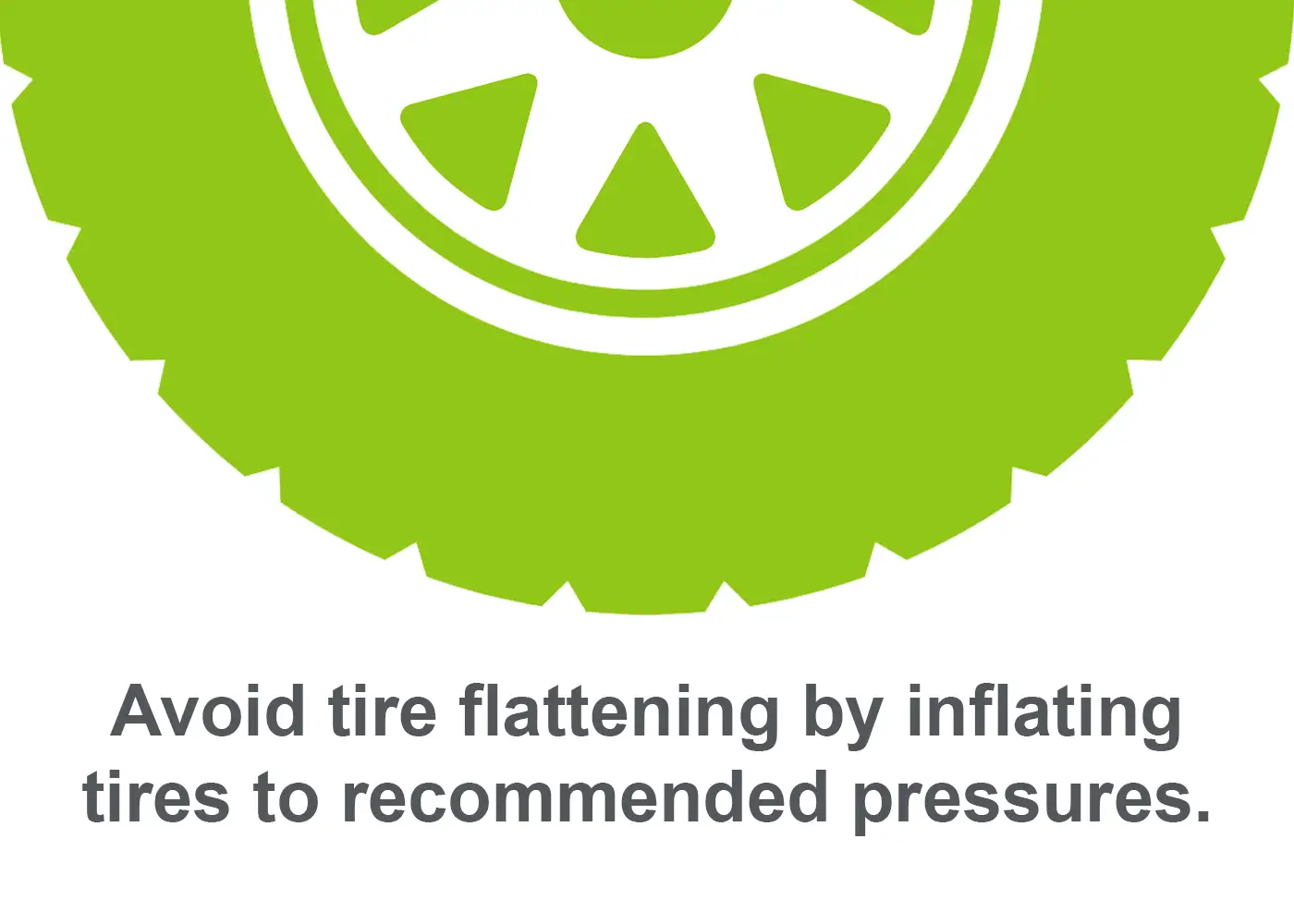
The weight of an unmoved vehicle can cause the bottoms of its tires to flatten over time and cause damage. To prevent flat spots on tires during storage, inflate them to their recommended pressures before storing the vehicle.
Disengage the Parking Brake
Avoid using the parking brake when leaving your car in long-term vehicle storage to prevent break pads and rotors from fusing to the wheel. Instead, place blocks or wheel chocks around your tires to prevent your car from rolling while in storage.
Take Measures to Keep Pests Away
While some storage companies, like Extra Space Storage, contract pest control experts to regularly treat their facilities, it’s still a good idea to be proactive in keeping pests away from your vehicle while it’s being stored. Use cloth or steel wool to plug your tail pipe and other points of entry, such as air intakes. Using other pest control methods outside your unattended vehicle, like traps and sprays, can help deter pests, as well.
Consider Precautions for Electric Vehicle Storage
While the above car storage tips still apply, there are a few additional considerations to keep in mind if you’re storing an electric vehicle (EV). Most importantly, it’s recommended that you maintain a charge of 50% on your high-voltage battery, and then disconnect the 12-volt battery to keep your EV’s battery life in good condition while in storage.
***
Need a secure place to store your car? Extra Space Storage has facilities located across the U.S. offering secure indoor and outdoor vehicle storage options. Find cheap car storage today!
